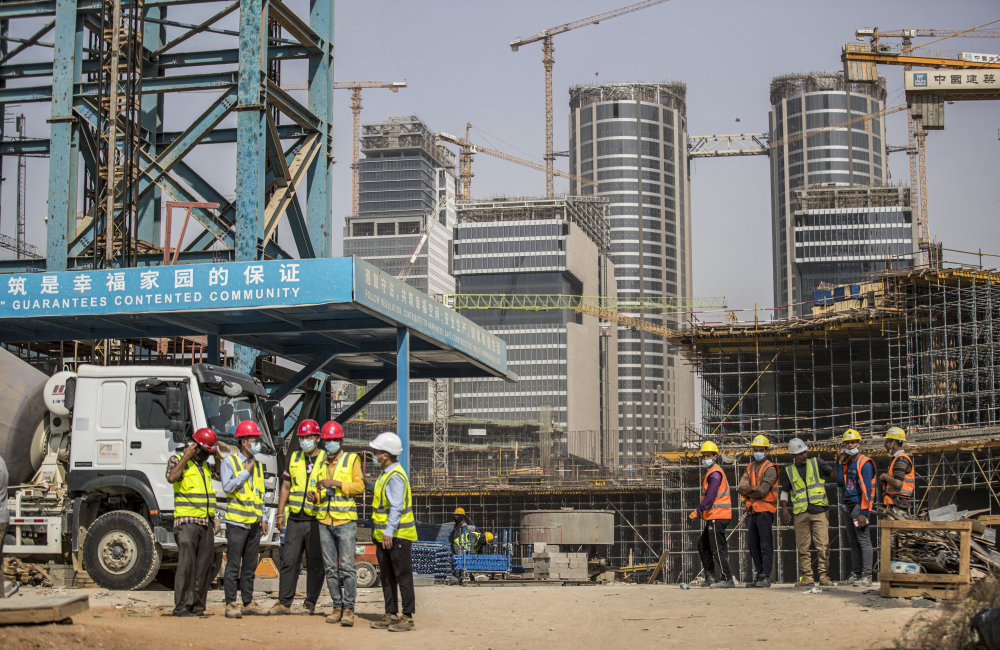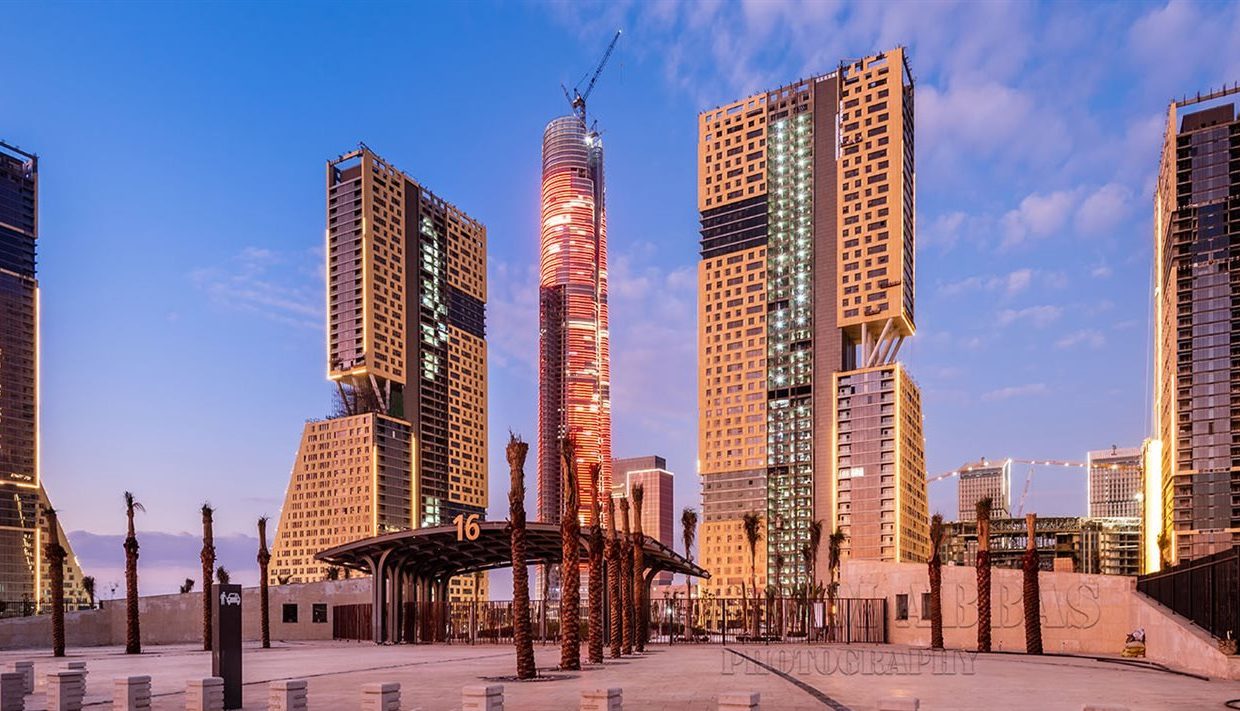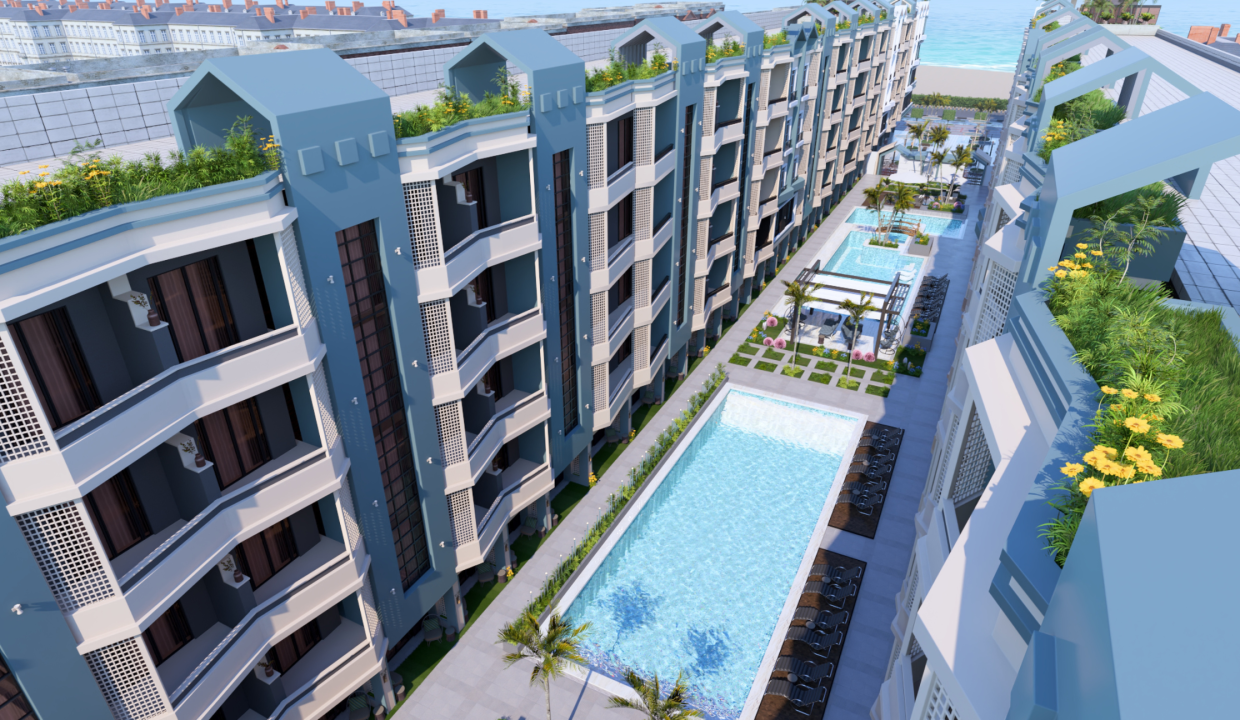Egypt’s property exports reach $1.5bn in 2025, marking 200% growth over 2024
Egypt’s real estate sector is making headlines again — this time for a stunning performance on the export front. According to officials, property exports (i.e. real estate sales to foreign buyers) have reached USD 1.5 billion in 2025, marking a 200 percent increase over the 2024 figure of USD 500 million.

1. Rising Interest from Foreign Buyers
One of the key drivers is stronger demand from non-resident buyers who are looking to tap into Egypt’s attractive property market. With capital flows and global investor interest heating up, foreign demand has become a significant tailwind.
2. Stabilized Market Conditions
Officials argue that the real estate market is seeing more stability after a volatile phase. The rapid real estate run-up in 2024—largely fueled by the currency flotation and a surge in the U.S. dollar exchange rate—pushed many local savers to shift into property as a hedge. In 2025, sales have cooled somewhat and returned closer to historical averages.
3. Government & Regulatory Support
Senior real estate figures have been working with the government to underscore transparency, regulatory oversight, and collaboration between public and private sectors. This helps boost investor confidence, which is critical for export growth.
Breaking Down the Numbers & Profit Margins
Real estate developers in Egypt say their profit margins are far from the sky-high gains sometimes portrayed in the media. According to Tarek Shoukry (Chairperson, Real Estate Development Chamber):
- Land acquisition typically accounts for 30–35% of total project costs
- Construction, infrastructure, and landscaping: 35–45%
- Marketing & sales: ~ 10%
- Administrative & engineering expenses: ~ 3–5%
- These together consume about 90% of the project value, leaving limited room for profit.
- Further, when developers use bank loans, interest burdens may eat up 5% or more of margins, reducing net margins to 7–8%, with some projects even breaking even or incurring losses.
These figures counter perceptions that developers are making enormous windfalls and highlight how capital-intensive and cost-sensitive real estate is — especially in Egypt’s context.

Bubble Worries & Market Health
The question many outside observers ask: Is Egypt heading into a real estate bubble? The officials quoted in the report strongly reject that narrative.
- Egypt’s property market is considered “balanced and healthy,” not speculative or over-leveraged.
- One protective factor is that mortgage financing remains relatively limited — only 3–4% of the market currently uses mortgages; most property is transacted with cash or alternative financing.
- Analysts often flag bubbles when mortgages vastly outpace property values (as seen in the 2008 U.S. housing crisis) — a dynamic Egypt’s market largely lacks.
In short: the growth is being portrayed as demand-driven rather than speculative or artificially inflated.
A Proposed Path Forward: Subsidized Mortgages for the Middle Class
To ease affordability pressures and encourage home ownership, Shoukry has put forward a plan for subsidized mortgages tied to unit size:
| Unit Size | Proposed Interest Rate |
|---|---|
| Up to 100 m² | ~ 8 % |
| 100–150 m² | ~ 10 % |
| Above 150 m² | ~ 12 % |
The idea is to restrict eligibility to one subsidized loan per family, thus targeting genuine homebuyers rather than speculators. This could also help stabilize demand among the middle class, who currently face growing burdens from rising installment payments.
Why This Matters for Egypt’s Economy
- Signal of macro strength: A booming real estate export figure sends a positive signal about stability and investor confidence in Egypt’s economy.
- Job creation & multiplier effects: The real estate sector touches dozens of related industries — construction, materials, architecture, engineering, furnishings, etc.
- Balance of payments benefit: Capital inflows from foreign buyers inject foreign currency into Egypt’s economy, contributing to foreign exchange reserves and reducing external vulnerability.
- Affordability & inclusion challenges: Even with export success, the pressure remains to ensure Egyptians themselves can access housing. Policies that support middle-income buyers will be critical.




